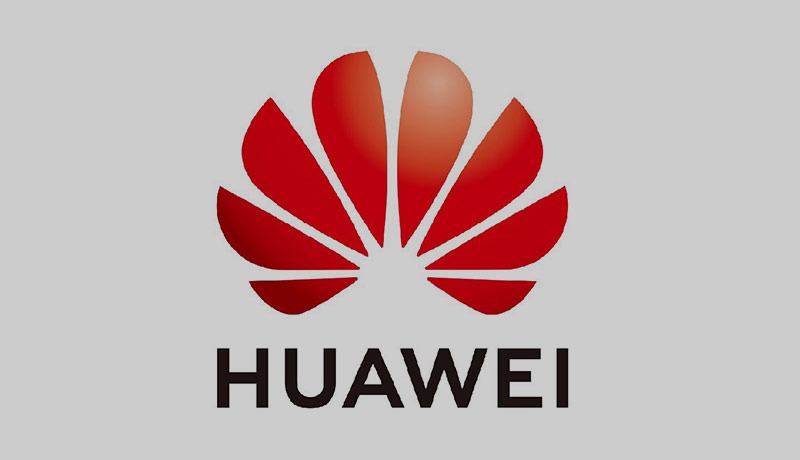
Huawei innovations won big at the GSMA GLOMO Awards 2021. Huawei bagged five Global Mobile (GLOMO) Awards at the 2021 Mobile World Congress (MWC 2021) in Barcelona recently held and organized by the Global System for Mobile Communications Association (GSMA).
This year, the GSMA recognized Huawei’s innovations in various sectors,including 5G, rural broadband, Covid-19 response, environment conservationand grid management.
Huawei’s BladeAAU series took home the ‘Best Mobile Network Infrastructure’ award, the latest industry recognition of Huawei’s customer-driven innovation in helping operators build high-quality 5G mobile network infrastructure.
Huawei launched the industry’s first BladeAAU product in 2019 to help operators overcome deployment challenges relating to insufficient antenna space. By integrating a Massive MIMO AAU with a multi-band passive antenna into a single box, this product enables all sub-6 GHz bands to be deployed within the most compact dimensions the industry has ever seen, greatly easing the difficulties of network deployment. By interworking with Huawei’s Single RAN technology, BladeAAU has enabled the implementation of Massive MIMO in single-pole scenarios.
Huawei responded promptly to the COVID-19 pandemic, putting its technology innovations at the hands of health authorities, hospital administrators and medical personnel to help them respond to the pandemic. Now, a telemedicine solution for COVID-19 developed by the China-Japan Friendship Hospital based on Huawei’s 5G network solutions was awarded GSMA GLOMO ‘Best Innovation for COVID-19 Pandemic Response & Recovery’. This award shows the industry’s recognition of 5G smart healthcare for its role in helping combat the virus.
The company also developed a series of innovative mobile communication solutions for remote regions to address the low infrastructure level, the lack of stable energy supply and transmission, and the low installation and maintenance efficiency in some emerging markets.One of these innovations, the Huawei RuralStar Pro solution, took home the “Best Mobile Innovation in Emerging Markets” award at 2021 GLOMO. The judges agreed that the Huawei RuralStar is “a great example of how different technologies are combined and optimized to address the specific challenges of rural deployments, with huge potential across developing countries.”
A global drive to address the impact of climate change is happening. Cutting-edge scientific and technological solutions applications are required to help restore ecosystems and promote their sustainable use. And the key to this is the ICT industry: This GSMA GLOMO recognizes that our industry can protect the planet while promoting economic prosperity.
The Rainforest Connection (RFCx) and Huawei’s “Nature Guardian” project deploys cutting-edge technology solutions to protect nature, prevent deforestation, and safeguard against biodiversity loss. As a result of its contribution to the UN’s Sustainable Development Goals, the project received the GSMA 2021 GLOMO for Outstanding Mobile Contribution to the UN SDGs.
By the end of 2020, Guardians had been deployed in 18 countries. The technology could potentially save enough forest coverto offset 30 million tons of carbon dioxide emissions, which is the equivalent of taking 6 million cars off the roads or adding 400 million trees.
Also, the intersection of 5G and grid management is helping to optimize energy supply while addressing energysaving. The 5G-inspired smart grid project jointly launched by Huawei, China Southern Power Grid (CSPG), and China Mobile won the “Best Mobile Innovation for the Connected Economy” award, reflecting the industry’s recognition of the solution’sbreakthrough technologies, open standards, and solid commercial performance.
The annual GLOMO Awards recognize pioneering feats of mobile technology. Prizes are handed out in various categories, including Mobile Technology, Connected Consumer, Industry X, and Tech4Good. More than 250 independent judges from across the world are involved in the award process. The panels comprise leading industry experts, analysts, journalists, academics and in some cases, representatives from mobile operators.